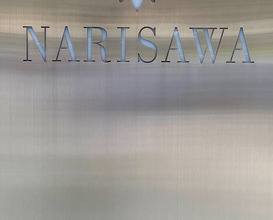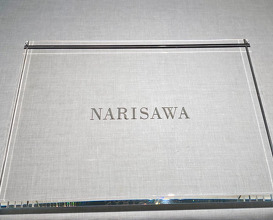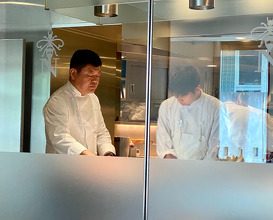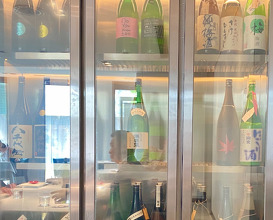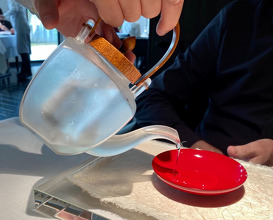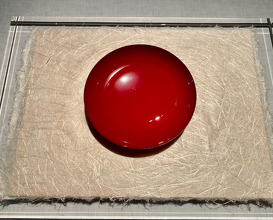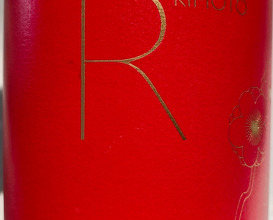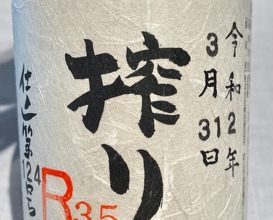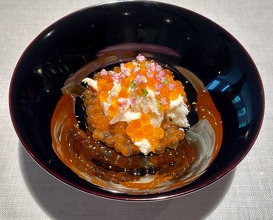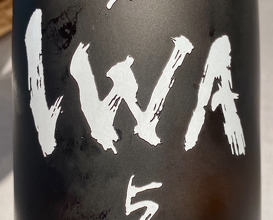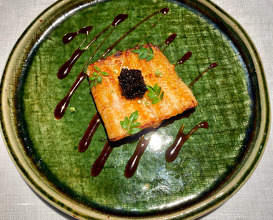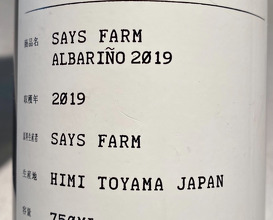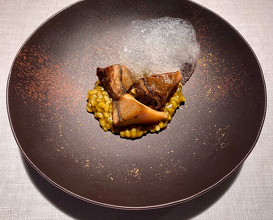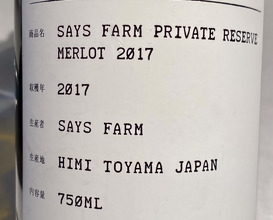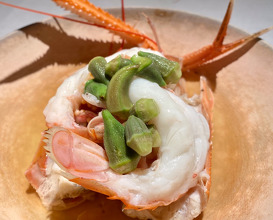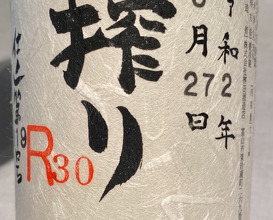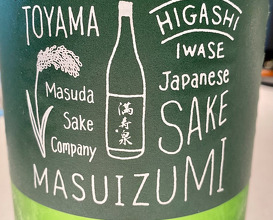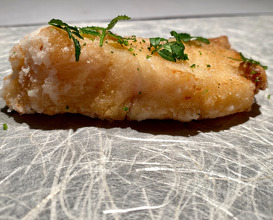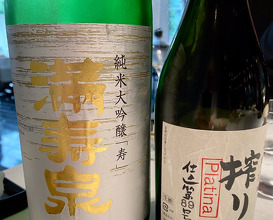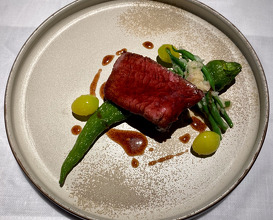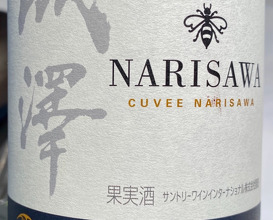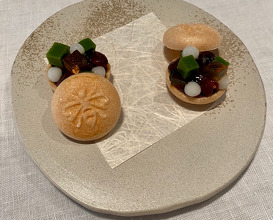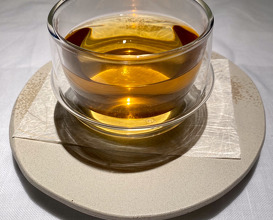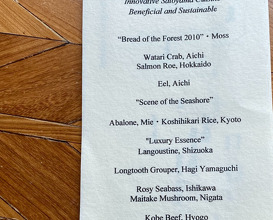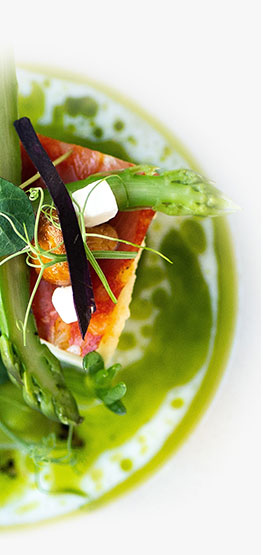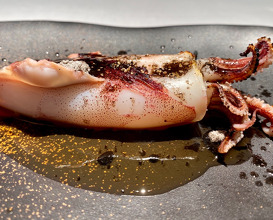
Narisawa is one of the few Japanese restaurants which constantly has been on the WB50 list. Maybe because he started his career working in Europe, mostly in France and therefore cooks food which is very accessible for Westerners. I have been there for the first time in 2014 when it was still called Les Créations de Narisawa. Since then I dined there five times but have not been back for 3 years.
This Sunday I went back and had an extraordinary lunch.
Narisawa’s cuisine evolved, it became simpler and more Japanese. He defines his cuisine as innovative Satoyama (https://en.wikipedia.org/wiki/Satoyama), the “border zone between mountain foothills and flat land where people live sustainably with nature.”
Obviously all the ingredients come from this zone, most of it from the west coast, Toyama, not one of them the usual luxurious ingredients which are nowadays the staple of fine dining. But what most impressed me is the execution and the layering of subtle, but at the same time complex flavours.
Point in case, the "Scene of the Seashore”. A squid gently grilled on the binchotan grill, plated with a thin stripe of roasted red pepper sauce. At the table the staff adds a few spoons of charcoaled pepper carbonated in liquid nitrogen on the top of the squid. The texture of the squid is sublime, it is as good as it gets. The combination with the pepper creates a wonderful flavour profile, which admittedly is not really Japanese but nevertheless pure, powerful and very tasty. Another dish, the Langoustine from Shizuoka, just steamed and served with bitter gourd in a thickened broth of pork, ham and chicken. The sweet almost raw langoustine embedded in the umami rich broth creates a deeply satisfying taste on the palate.
So simple, so good!
We opted for the pairing, which consisted entirely of Japanese beverages. The pairing feature sakes from the Masuizume brewery in Toyama (特撰大吟醸/株式会社桝田酒造店). Most of them were special bottling of the first draw of the premium sakes, all numbered bottles. Two wines from the Says Farm in Toyama completed the line up. The sake pairings worked especially well with the dishes they were served.
Needless to say that the front office worked like a Swiss clock managing the difficult task of announcing the dishes to the mixed table in multiple languages with great ease.
Based on this meal I wonder why the Guide Michelin only awards Narisawa san “only” two stars. I have eaten in three star places, even in Japan, much worse than here.
Kudos! I certainly will not wait another three years to go back.
